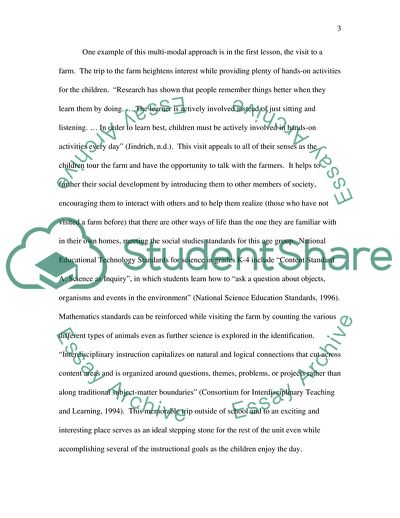Cite this document
(Unit Plan of Farm Animals Coursework Example | Topics and Well Written Essays - 1500 words, n.d.)
Unit Plan of Farm Animals Coursework Example | Topics and Well Written Essays - 1500 words. https://studentshare.org/education/1704450-unit-plan-of-farm-animals
Unit Plan of Farm Animals Coursework Example | Topics and Well Written Essays - 1500 words. https://studentshare.org/education/1704450-unit-plan-of-farm-animals
(Unit Plan of Farm Animals Coursework Example | Topics and Well Written Essays - 1500 Words)
Unit Plan of Farm Animals Coursework Example | Topics and Well Written Essays - 1500 Words. https://studentshare.org/education/1704450-unit-plan-of-farm-animals.
Unit Plan of Farm Animals Coursework Example | Topics and Well Written Essays - 1500 Words. https://studentshare.org/education/1704450-unit-plan-of-farm-animals.
“Unit Plan of Farm Animals Coursework Example | Topics and Well Written Essays - 1500 Words”. https://studentshare.org/education/1704450-unit-plan-of-farm-animals.


